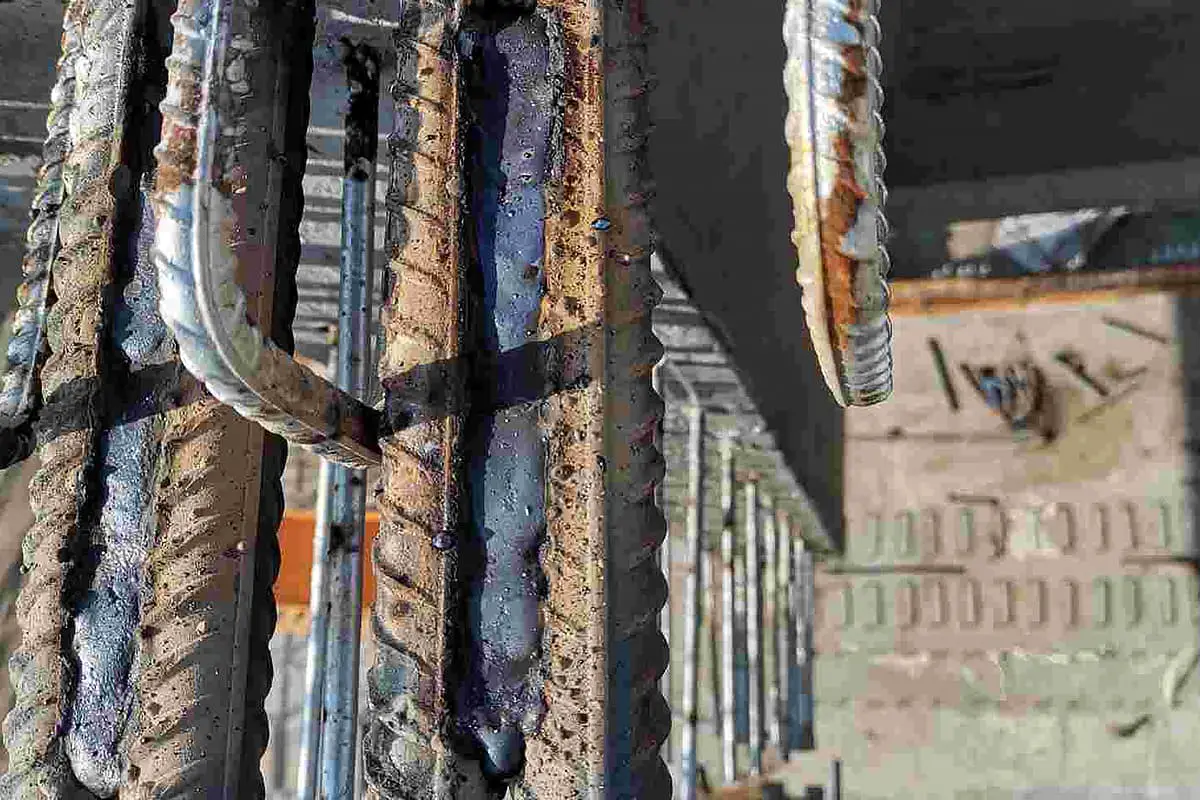Finest Practices for Preventing Weld Undercut: Understanding the Basics
Finest Practices for Preventing Weld Undercut: Understanding the Basics
Blog Article
Grasping the Art of Welding: How to Prevent Undercut Welding Issues for Flawless Manufacture Results
By understanding the root triggers of undercut welding and carrying out efficient strategies to stop it, welders can boost their craft to new levels of excellence. In the pursuit of remarkable fabrication results, mastering the art of welding to prevent undercut issues is not just a skill yet a requirement for those aiming for perfection in their work.
Understanding Undercut Welding

To stop undercut welding, welders must ensure appropriate welding specifications, such as changing the present, voltage, travel speed, and maintaining the correct electrode angle. Additionally, using the appropriate welding strategy for the details joint arrangement is crucial. Using weaving movements or backstepping methods can assist guarantee correct weld metal deposition and minimize the chance of undercut development. Regular evaluation of welds throughout and after the welding procedure is additionally essential to capture any kind of undercut very early and make essential adjustments to stop more issues. Preventing weld undercut. By recognizing the reasons of undercut welding and implementing preventive measures, welders can accomplish top notch, structurally audio welds.
Reasons of Undercut in Welding
Recognizing the aspects that add to undercut in welding is vital for welders to create premium, structurally sound welds. When the weld metal does not properly load the groove developed between the base metal and the formerly transferred weld metal, undercutting takes place. A number of elements can lead to damage in welding. One usual reason is extreme heat input. Welding at high temperatures for extensive durations can lead to the base metal thawing greater than desired, bring about damage. Inadequate welding existing or inaccurate welding speed can also add to undercut. Insufficient current might not supply sufficient heat to thaw the base and filler metals sufficiently, while excessive rate can avoid correct combination, causing undercut. In addition, incorrect electrode angles or wrong lantern manipulation strategies can produce areas of reduced weld metal deposition, advertising undercut. Recognizing these causes and applying appropriate welding strategies can help protect against undercutting problems, guaranteeing solid and resilient welds.
Methods to Protect Against Undercutting

To reduce the risk of undercutting in welding, welders can use strategic welding techniques intended at improving the quality and integrity of the weld joints. Additionally, using the proper welding strategy for the certain joint setup, such as weave or stringer beads, can contribute to lowering damaging.
Employing back-step welding methods and controlling the weld grain profile can also assist disperse heat uniformly and minimize the danger of undercut. Normal evaluation of the weld joint throughout and after welding, as well as implementing high quality guarantee measures, can aid in identifying and dealing with undercutting problems without delay.
Significance of Appropriate Welding Criteria
Selecting and maintaining proper welding criteria is essential for accomplishing effective welds with marginal defects. Welding parameters refer to variables such as voltage, present, take a trip rate, electrode angle, and securing gas circulation rate that directly original site impact the welding process. These parameters need to be meticulously readjusted based upon the sort of material being bonded, its thickness, and the welding technique employed.
Correct welding criteria ensure the best amount of heat is visit this site related to melt the base steels and filler product evenly. If the specifications are established too expensive, it can lead to too much heat input, triggering distortion, burn-through, or spatter. On the other hand, if the parameters are also reduced, insufficient combination, lack of penetration, or damaging might happen.
High Quality Assurance in Welding Operations

Final Thought
Finally, mastering the art of welding requires a thorough understanding of undercut welding, its reasons, and methods to prevent it. By ensuring correct welding specifications and implementing top quality assurance methods, perfect fabrication outcomes can be achieved. It is essential for welders to continually pursue excellence in pop over to this web-site their welding procedures to avoid undercut problems and produce high-grade welds.
Undercut welding, a typical issue in welding processes, takes place when the weld metal does not correctly load the groove and leaves a groove or anxiety along the bonded joint.To avoid undercut welding, welders need to guarantee correct welding parameters, such as changing the current, voltage, travel rate, and maintaining the right electrode angle. Poor welding incorrect or present welding rate can also add to damage.To mitigate the danger of damaging in welding, welders can use tactical welding methods intended at enhancing the high quality and stability of the weld joints.In verdict, mastering the art of welding calls for a complete understanding of undercut welding, its causes, and methods to stop it.
Report this page